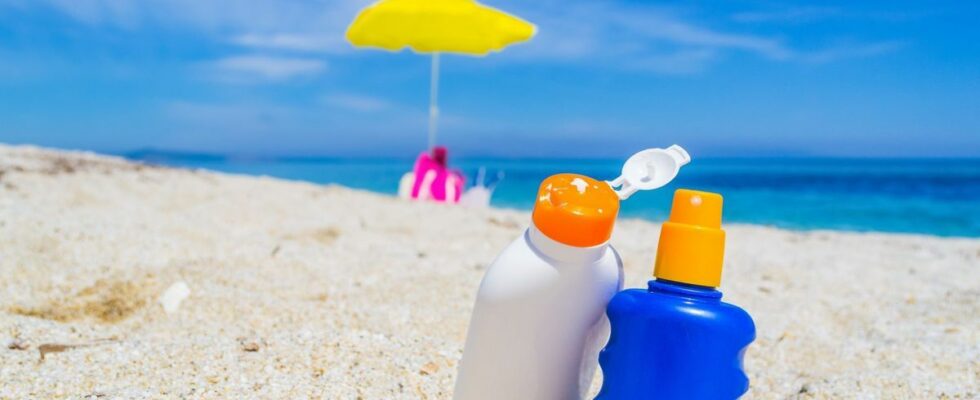Published on
Updated
Reading 2 min.
It is essential to protect your skin from ultraviolet rays to prevent premature aging, as well as cancers. This involves wearing covering clothing, but above all, using sun protection adapted to your skin type, which must be applied in accordance with certain rules. Quantity, frequency, areas to protect: here is everything you need to know to protect yourself from damage caused by UV rays.
How much to apply?
While it is advisable to protect yourself from the harmful effects of the sun all year round, it is essential to do so in summer, especially if the sun is intense or if the conditions (beach, mountains) justify it. The question remains whether you are applying enough sunscreen to counter the harmful effects of UV rays. Faced with preconceived ideas and risky trends circulating on social networks, many dermatologists have stepped up to provide advice and help users protect themselves as best as possible.
This is the case of the Dr Shereene Idrissa New York-based dermatologist, who recommends applying two fingers (index and middle fingers covered lengthwise) of sunscreen for optimal facial protection, or the dermatologist Lindsey Zubritsky which advises filling a large shot glass to the brim to protect your face and body. In France, National Cancer Institute (INCa) recommends applying two teaspoons of sunscreen to the face, arms and neck, and two tablespoons to the entire body (with swimsuit).
How often ?
It is not enough to know the right amounts of cream to apply to the face and body, and even less to be satisfied with a single application. During prolonged exposure to the sun, which is often the case in summer, it is essential to renew it regularly and frequently. According to INCa, it is essential to use an SPF 50 and to apply it every two hours, but also after being in the water or doing sports.
The Institute specifies that sun protection must be used “in addition” to other specific actions, namely not exposing oneself, especially during the hottest hours (between 12 p.m. and 4 p.m.), and favoring shade, or wearing covering clothing.
Don’t forget any area
Sun protection should be applied to all exposed areas of the body and face, but some areas can sometimes be overlooked. This is revealed by Dr. Shereene Idriss on her TikTok account, highlighting four areas that should not be overlooked: the hairline at the forehead and nape of the neck, the ears, the eyes (eyelids and lower contours), and the upper lip. The dermatologist describes these parts of the face as “four areas where [l’on oublie] often apply sunscreen and where skin cancer is prevalent.”
